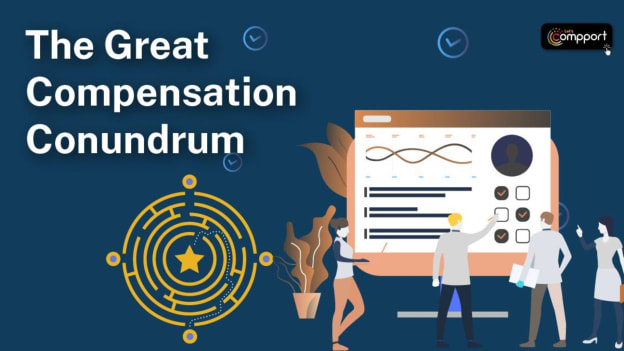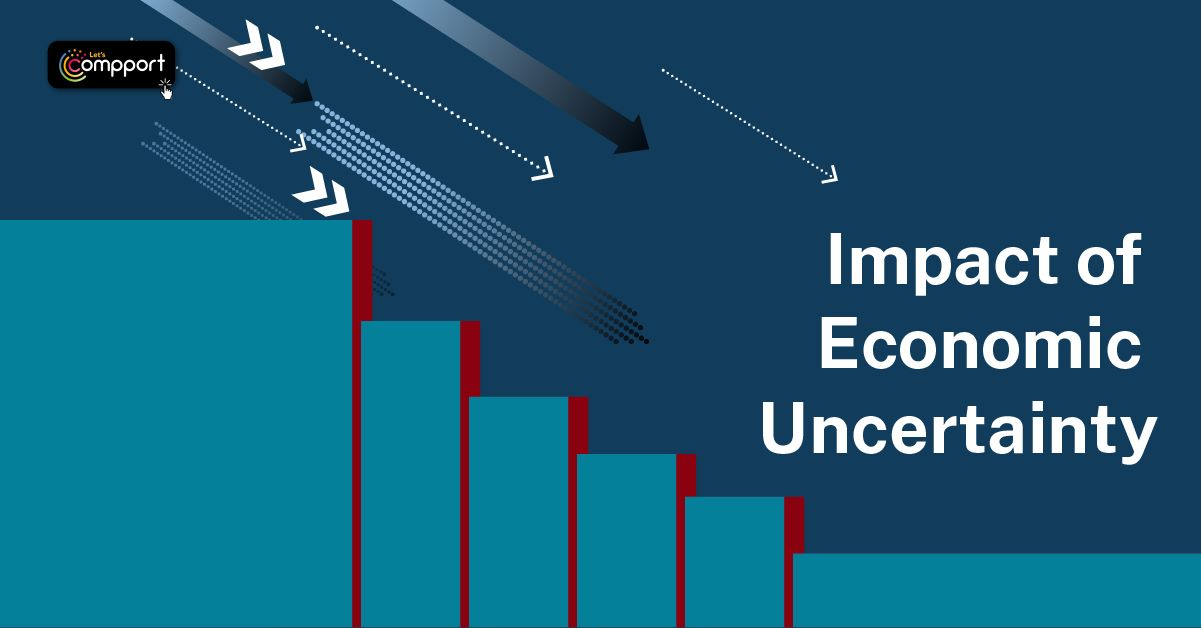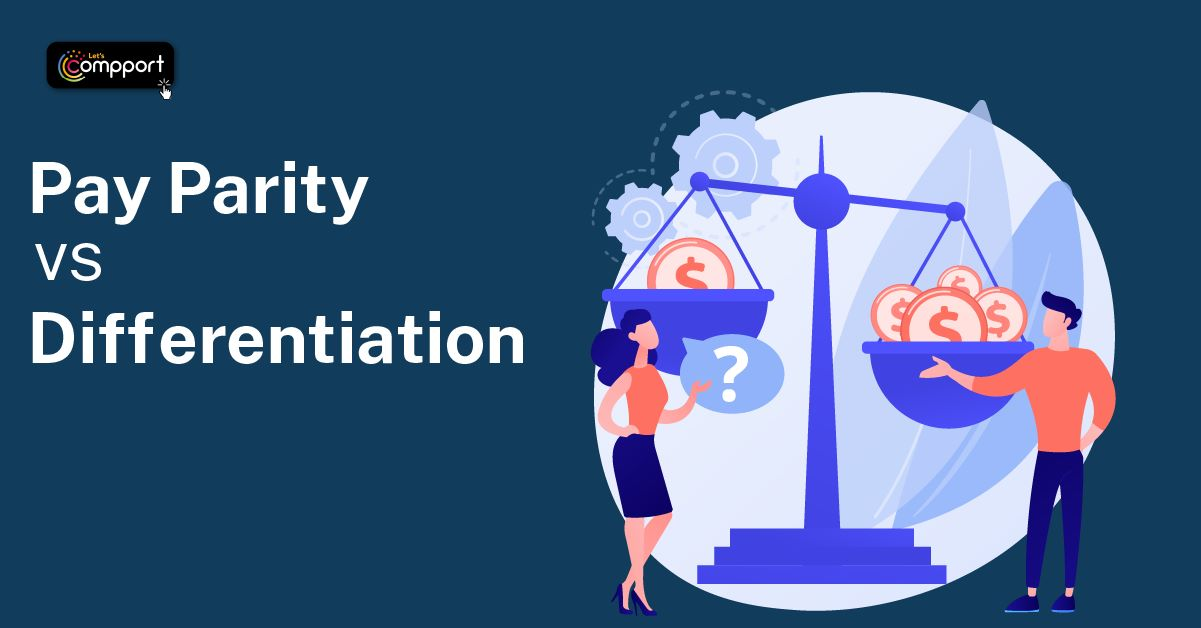The Great Compensation Conundrum

The COVID-19 pandemic has caused a massive disruption in the world of work, leading to varied compensation decisions across different sectors, organizations, and talent pools. These decisions have ranged from salary cuts and freezes to multiple and frequent increases. These decisions have varied significantly across sectors. As a result, there has been a significant movement in the baseline of compensation, leading to a higher differential in compensation across sectors.
At the same time, organizations are looking for new-age and digital skills, and the price points for these skills are moving much faster. This has made it difficult for organizations to attract and retain talent while maintaining internal parity, leading to what I now call The Great Compensation Conundrum - forcing organizations to consider how to manage upcoming salary increase cycles while taking these factors into account.
Adding to the complexity is the chaos caused by The Great Resignation.
The recovery post COVID times, led to increased talent needs across organizations - leading to high attrition rates, with the attrition rate hitting an all-time high. Organizations took various actions, such as high fixed pay hikes, joining bonuses, and long-term incentives (LTI), to attract talent, along with frequent ad-hoc and off-cycle increases, mid-year corrections, deferred bonuses, and LTI to retain talent. This chaos has resulted in similar employee profiles having very different compensation plans and different last revision dates.
The impact of economic uncertainty also cannot be ignored.

China's slowdown and the war in Ukraine had impacted growth in 2022, and while things are improving in 2023, rising interest rates, health risks, and continued geopolitical tensions continue to cause economic uncertainty, leading to slowdowns in growth in Advanced Economies. Recent layoffs reflect these sentiments. In India, GDP growth is projected to be 0.7% lower in 2023 than in 2022 (at 6.1%), though the forecast for 2024 is 0.7% higher (at 6.8%). Stronger and sustainable policy-making is key to economic recovery and growth, but mixed sentiments are likely to impact the upcoming salary increases.
There is also an important issue of Talent Cost.
Over the last few years, talent costs have gone up significantly, and benchmarking compensation to figure out market price points or salary increase budgets has become even more important. However, now more than ever, it is essential for organizations and rewards professionals to look at Talent Economics – the cost, capability, and profitability equation. Adding cost for the same skills and capability will eventually lead to affordability issues, but keeping productivity and profitability in mind, adding cost for new skills and capabilities fundamental to business growth will lead to sustainable growth and a healthy balance sheet.
That brings us to the most pertinent question that we as rewards professionals face today. Is it time to move over merit based salary increases?
For the longest time, salary increases have been differentiated based on performance, but performance is for the previous year. Shouldn't salary increases be linked to market price points and then differentiated by potential, which is forward-looking? This model would also help in reducing overreliance on performance for taking most people and rewards decisions. Are we ready to take this step?
In the upcoming salary increase cycle it would be critical for rewards professionals and line managers to look at the recent history of actions taken while making the 2023-2024 compensation decision for each employee. The typical approach of distribution basis merit and compensation/percentile grids would work? Remains to be seen.
Given the talent priorities and challenges and linking with the perspectives above, it is essential for organizations and leaders to take a holistic view of compensation, meaning not just looking at the salary increase to be given in this cycle but depending on the talent category, looking at how much (if any) of the LTI (or deferred) compensation allocated is getting vesting in the near, short, and long term. Based on the same, planning the timing and quantum of the next tranche of deferred compensation to ensure talent retention. Taking a short-term and long-term view and being proactive in planning and execution is the key.
And amongst all the other challenges, Pay parity has emerged as a key conversation theme amongst rewards professionals and at rewards events and conferences.

While there is a need for higher pay differentiation based more on skill sets, there is also a need for pay equity too. Organizations need to balance these two seemingly opposite ends, and this is where the role of analytics becomes critical. The power to identify the problems, figure out the root cause, and solve them is the leverage organizations need to take with analytics. Empowering managers and leaders to make sound and unbiased compensation decisions with the right data points and access to analytics is what will differentiate employers in the long run.
And last but never the least, it is important to leverage the power of communication.
Often, we have seen sincere measures by the organizations go down the drain because of the lack of effective communication within the organization. Effective communication is critical to ensuring that employees are satisfied with rewards decisions. While much effort is spent on getting the budget, philosophy, market data, pay ranges, merit, and market correction grids right, little time is spent on communicating rewards decisions. By communicating rewards decisions effectively, organizations can improve employee satisfaction and increase retention rates.
To close, it is clear that the upcoming salary increase cycle is an extremely complex one. Organizations will have to consider various factors such as economic environment, business outlook, talent priorities, market data, affordability and inflation. Using analytics to identify problem areas, identifying the route cause and assessing ways to address the same is the way forward. This can be enabled by technology but this is where Rewards function has traditionally been behind the curve. The evolution of Rewards with RewardsTech can ensure the same, with Rewards teams doing more strategic interventions rather than number crunching. And a technology friendly rewards function may become the growth centre within organizations powering talent attraction, retention and employee engagement.












